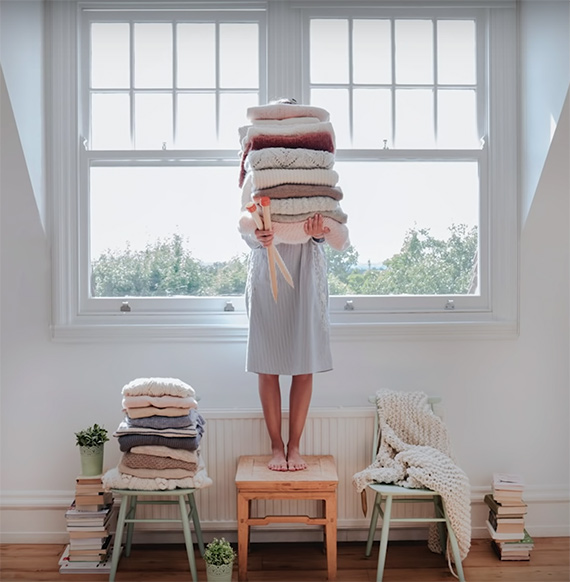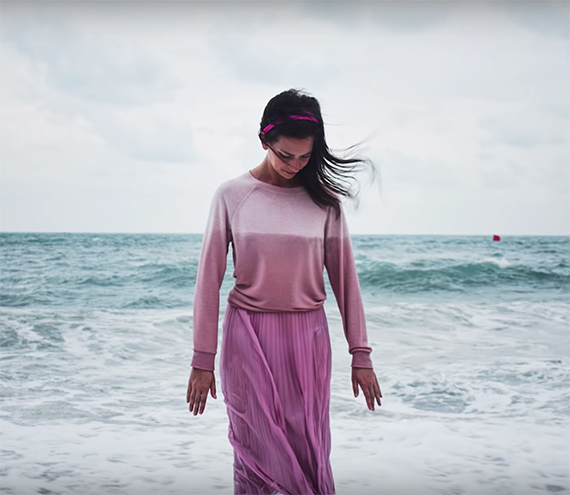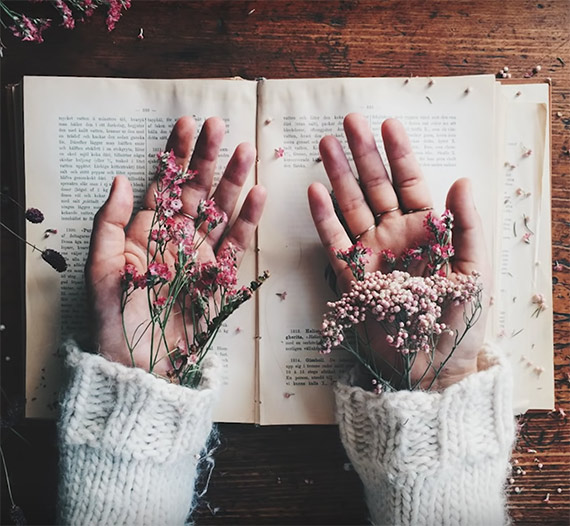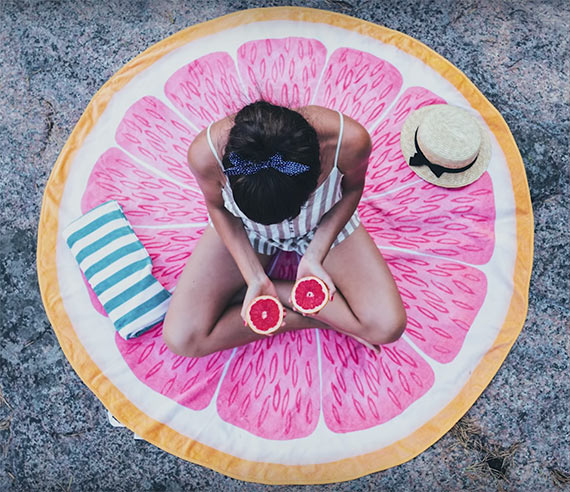As ironic as it may seem, it’s not uncommon for photographers to feel a bit camera shy. Even the most talented image-makers often struggle with self-portraiture. Admittedly, bearing one’s soul to the camera can be an intimidating feat. However, as photographer Kutova Kika explains, self-portraits don’t have to be scary:
As it turns out, a self-portrait doesn’t have to be any one thing. Though they can be serious and intimate, they can also pose an opportunity to experiment and have fun. Here are a few strategies you can take to heart in order to become more comfortable in front of the camera.
Keep your distance
If you have a tendency to scrutinize every tiny detail of your face and body, putting yourself in a bigger context will draw some attention away from perceived flaws.
Use your body as an instrument to interact with the environment. The surrounding space can do the talking for you.
Put your back to the camera
There’s something very intimate about exposing a part of yourself that you can’t fully see.
Aside from hiding potentially awkward poses, putting your back to the camera invites viewers to look at the photograph from your perspective.
Cover up
Have a tendency to make unflattering faces whenever a camera’s in sight? Hide behind your hands or an interesting prop. This takes away some of the pressure of getting a picture-perfect expression.
Crop away the face/eyes
Nixing your face all together might actually make for a more powerful self-portrait. Naturally, humans are drawn to seek out the eyes of a photo’s subject. However, if you’d like the focus to be directed elsewhere, crop them out of the frame entirely.
Play a “supporting role”
What most people don’t realize is that self-portraits don’t necessarily have to be all about you.
Bring in a striking element, like a bold pattern, and lean into it. The photograph then becomes less about your every detail and imperfection and more about the scene at large.
Look down
You don’t need to look directly into the camera to make a self-portrait impactful.
Looking down relaxes your face and brings a calm, non-confrontational feeling to your images. What’s more, not meeting the viewer’s gaze diverts their attention to other areas of your image.
Focus on another part of your body
Self-portraits don’t necessarily have to focus on your face.
Try showcasing a different part of your body that you’re more comfortable with. With a little bit of thought, any part of you can become expressive.
Try an unexpected angle
Working with an unexpected angle can catch your viewer off-guard and add a sense of playfulness to your images. Instead of shooting head-on, shoot from a bird’s eye view or place the camera low to the ground.
Experiment with how these perspectives impact your frame and use them to create a narrative starring you.
Bring in props
Standing alone and static in front of a camera can be nerve-wracking for obvious reasons. Bringing in an object to interact with can cut some of that tension.
A prop automatically offers something to direct your attention toward and provides something to do in your photograph.
Flash a smile
This may be the oldest trick in the book, but it works.
Smiling can bring your personality into the photograph and actually make you feel less tense. Remember not to take yourself too seriously. The moment you start relaxing in front of the camera, your true self will begin to break through.
“When we’re taking self-portraits is probably when the inner-critic in us is at its loudest…I still think that it’s worthwhile putting in the effort to try to take self-portraits that can allow us to see our own uniqueness and beauty because it’s such an empowering feeling.”
Like This Article?
Don't Miss The Next One!
Join over 100,000 photographers of all experience levels who receive our free photography tips and articles to stay current:
















why the farmer jeans and are you always this bubbly?